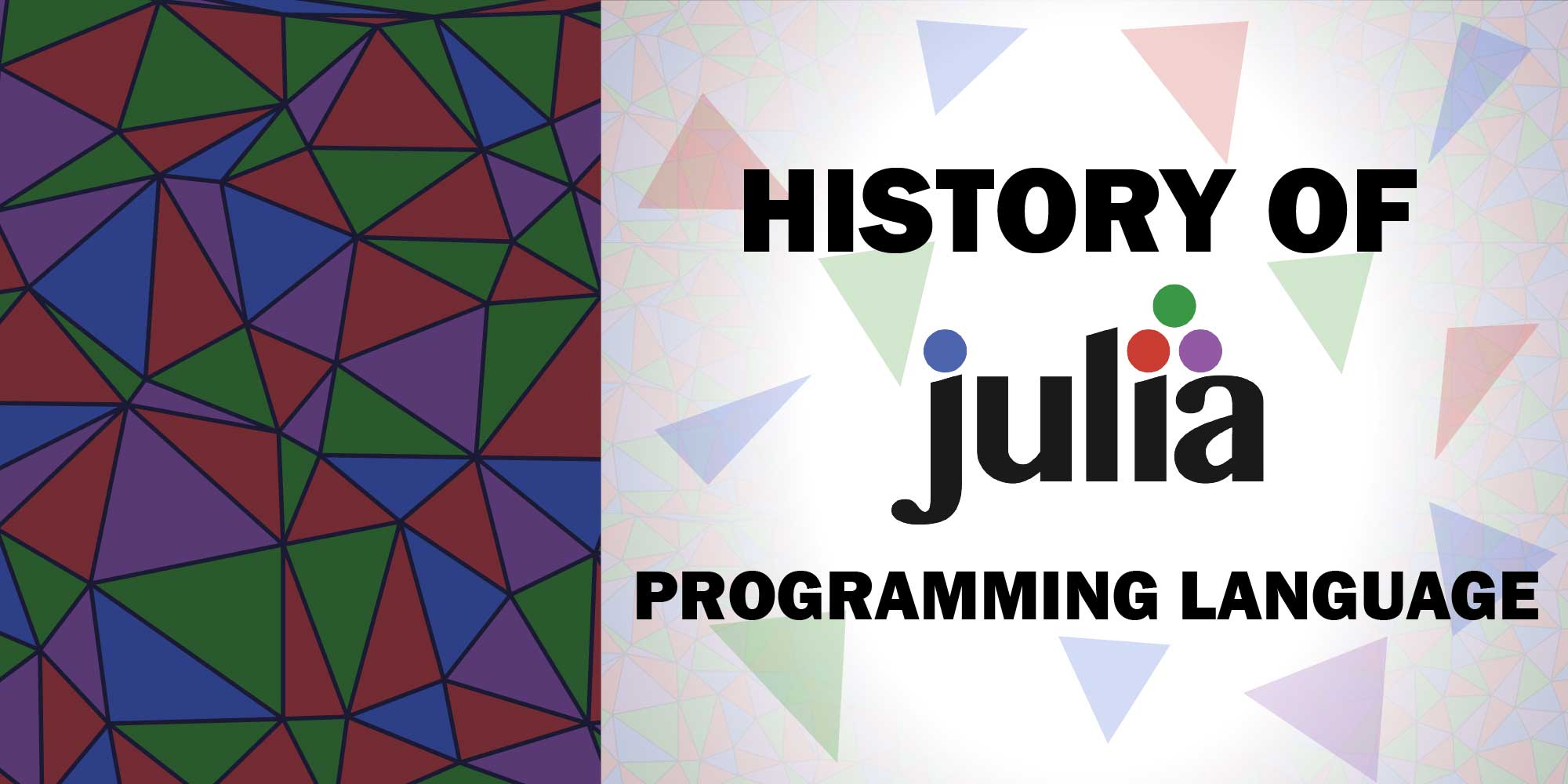Hello, and welcome to another fantastic “History of” post! Today, we’ll look at the Julia programming language. We hope you discover some new and intriguing facts. Let’s get started.
The Data Science and machine-learning industries have grown in prominence in recent years. As a result, domain specialists prefer slower dynamic programming languages. Hundreds of computer languages exist, each serving a distinct function. Some people are more suited to data science jobs than others. Starting in the data science field may be difficult for anyone. Julia not only is easier to learn than, say, Python, but scripts written in Julia can also process information faster.
How Did It All Begin?
This unique concept was introduced in 2009 by four research scientists and programming enthusiasts, Jeff Bezanson, Stefan Karpinski, Viral B. Shah, and Alan Edelman, and was intended to address a market need with an all-purpose programming language. Julia was introduced to the public in 2012. Julia’s purpose is to fix problems in Python and other scientific computing and data processing languages and systems.
Julia was created as an open-source language with a flexible license, and it is now used by hundreds of thousands of people around the world. The Julia community is pushing the limits of human knowledge everywhere you turn—from customized treatment to climate modelling, innovative materials, and even space mission planning. Julia combines the greatest features of popular programming languages, like Python, to create a language that is as simple to use for statistics as R, as strong for linear algebra as Matlab, and as adept at gluing programs together as Perl.
Julia Hub, the Julia team’s flagship offering, is a secure, software-as-a-service platform for creating and distributing Julia programs. Julia has been used by the Federal Reserve Bank of New York to build economic models of the United States since 2015 (Including estimating COVID-19 shocks in 2021). It has attracted some high-profile users, from investment manager BlackRock to British insurer Aviva. Julia’s designers claim that it is “roughly 10 times faster” than the previous MATLAB implementation.
What is Julia?
Julia is a free, open-source, high-level, dynamic programming language for numerical computing. It combines the ease of creation of a dynamic language with the performance of a statically typed compiled language. Julia contains an LLVM-based JIT compiler that creates native machine code, as well as a design that provides type stability via multiple dispatch specializations.
Future and Present Julia
Julia has been downloaded 35 million times as of January 1, 2022, and it was downloaded three times more in 2021 than in the previous three years combined. The core language, and its registered packages, have acquired 250k stars on Github, which is 13 times more than six years ago. Julia’s GitHub repository alone has 39.1K stars, 4.9K forks, and 3.3K problems.
In April, there were almost 7,400 registered packages for Julia. The May TIOBE index places it at 25th position, three places lower than last year. Julia’s name pops up 0.64% of the time in programming language-related search engine queries.
Among data scientists, Python is the most popular programming language. But one language has stood out from the crowd and is gradually making its way to the light. Julia supporters have already dubbed it the “future language” of data science and artificial intelligence.
This is amazing, right?
Thinking about getting into data science but not sure which programming language to use? There’s a whole world of information on the topic at Toward Data Science. You can find articles there that discuss the pros and cons of several different programming languages, but since this is an article on Julia, we did a quick search for you. Check it out here
Thanks for reading, and we hope you stay and check out some of our other “History of” posts while you’re here. Here’s our archive. We’ll see you next time!

 Linkedin
Linkedin


